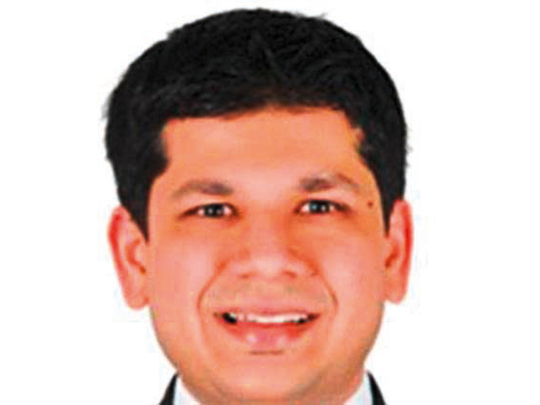
Dubai
Islamic banking penetration in the GCC increased to 45 per cent as of September 2017 from 31 per cent in 2008, according to rating agency Moody’s.
Islamic financing asset growth rate will remain stable in 2018 but will continue to outpace conventional counterparts, underpinned by governments’ continued strategic objective to grow the Islamic finance industry both domestically and globally, and continued demand for Islamic products by bank customers.
In addition to the growth in core Islamic markets, analysts expect demand for Islamic finance to from North and Sub-Saharan African countries to pick up. Momentum to continue in 2018 and over the medium term, spurred by strong growth prospects in Southeast Asia and North Africa.
The market share of Islamic financing assets had increased in core Islamic markets to 40 per cent of total financial assets (including conventional bank loans) from 39 per cent in December 2016. “The increased market share was led by the GCC largely driven by continued retail demand for Shari’ah-compliant financial services in Muslim-majority countries, which drove strong financing growth of around 5 per cent in the first nine months of 2017, compared to 2 per cent growth in conventional bank financing over the same period,” said Nitish Bhojnagarwala, and VP and Senior Analyst at Moody’s.
In addition to customer demand, proactive government legislation has also supported growth in Islamic banking assets. For instance, Central Bank regulation introduced in Qatar in 2011 segregated Islamic assets, allowing only Islamic banks to offer Sharia compliant services, which supported the industry’s growth.
Globally, Saudi Arabia remains the largest market for Islamic finance, with lslamic financing assets worth $292 billion as of September 2017. It accounts for almost 75 per cent of the banking sector’s total loan portfolio (including conventional loans). This was primarily achieved through the rapid growth of Islamic windows (departments at conventional banks) through which conventional banks have captured new market share.
Oman has emerged the fastest-growing Islamic banking market, with a growth rate of 20 per cent in the first nine months of 2017, driven largely by the country’s late entry into Islamic banking. Despite only introducing Islamic financial services in 2012, the sector now has two stand-alone Islamic banks and six Islamic windows at conventional banks offering Islamic services. As a result, the sector’s market share has gone from zero to around 13 per cent of banking system financing assets as of September 2017 and still has potential for further growth.
Takaful growth
GCC Islamic insurers’ stronger underwriting profitability is expected to drive further growth in 2018, according to rating agency Moody’s. Regulatory changes in some of the GCC countries, which represent around 77 per cent of premiums of the global takaful market, have pushed up insurance prices, particularly for motor and medical cover. This has improved the underwriting profitability of takaful insurers, many of which have in recent years made underwriting losses due to intense competition both within the takaful sector and from conventional insurers, despite double-digit premium growth.
The GCC takaful sector’s improved underwriting performance will help it halt capital erosion and attract fresh investor interest. The takaful sector continues to benefit globally from strong growth, having achieved gross premium contributions of $14.9 billion in 2015, and an estimated $20 billion in 2017.
“The Takaful sector’s improved underwriting performance will help it halt capital erosion, attract fresh investor interest, and will allow it to focus on its most lucrative markets,” said Mohammad Ali Londe, an analyst at Moody’s.
Takaful insurers’ improved profitability was largely driven by an increase in prices triggered by regulatory changes such as the introduction of actuarial reserving in Saudi Arabia and the UAE.












